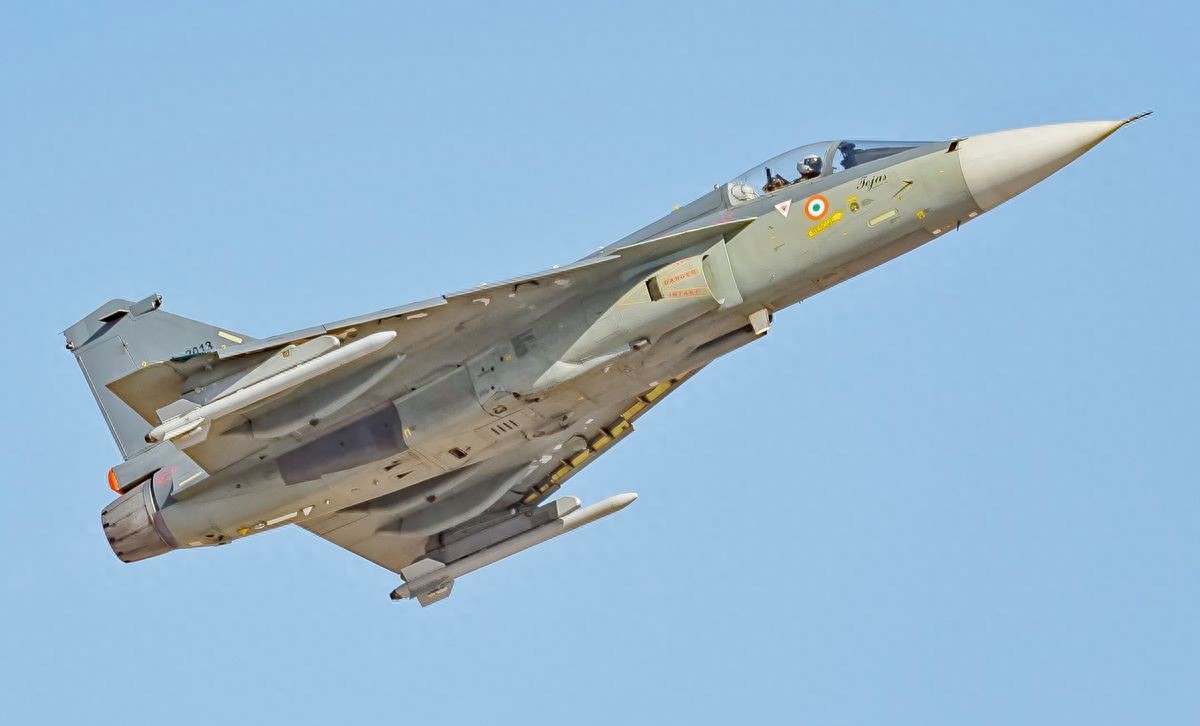After China placed a large order for the J-10, the Indians are once again envious.
The Indian defense magazine "India Defense Wings" published an article on October 24, comparing its own Light Combat Aircraft (LCA) with the Swedish Gripen fighter, and believed that in terms of exports, the LCA has unique advantages and is expected to become the export champion in the global light fighter market.
The reason the article compared the Gripen is because the Gripen fighter is the "sales champion" among fourth-generation semi-fighter jets.
India's LCA Mk2 not only can fully match the Swedish Gripen, but also has the potential to spark an aviation revolution of Indian manufacturing in Southeast Asia, Africa, and Latin America.
The report listed India's export plan: by 2030, it aims to secure $5 to $10 billion in overseas orders, with potential buyers including the Philippines, Argentina, Nigeria, and Armenia.
Indian media claimed that as India expands its domestic production lines, increases domestic content, and advances engine cooperation projects, the LCA Mk2 will become the preferred choice for non-Western countries.

Indian Fighter
However, this is obviously impossible.
This narrative is entirely based on fantasy. The LCA project has always been a typical example of political slogans overshadowing engineering achievements. The so-called export potential mentioned by Indian media is just empty talk on paper.
The LCA Mk2 has not even entered mass production yet, and there are no actual combat tests, but it is already being touted as a global competitor that can challenge the Gripen. Such arguments can only be described as very Indian.
India has repeatedly claimed that it is about to export over the past two decades, but it has not signed any foreign orders so far.
Neither Stan Aviation nor the Indian Air Force can provide sufficient reliability data, let alone overseas service examples to support it.
Indian media repeatedly emphasizes low cost and convenient maintenance, but these so-called advantages remain at the level of propaganda. Anyone familiar with international military trade rules knows that aircraft exports are not judged by propaganda, but by system support and trust.
And these are precisely what India lacks the most.

Indian Fighter
Without getting into other matters, India and Pakistan have had multiple air battles, and India itself has never allowed the LCA to go into combat.
This aircraft, which is considered a treasure by India, has always been assigned low-risk tasks such as border patrols, training escorts, and parades.
In the face of real combat environments, the Indian Air Force has never dared to send it to the front line.
The reason is obvious: insufficient engine power, lack of thrust in high-altitude climates, and frequent failures in radar, avionics, and flight control systems. Maintenance intervals are long, and a major overhaul can take several weeks.
Such an aircraft, once deployed in high-intensity air combat, the outcome is predictable.
The Indian government certainly knows this, so it prefers to continue buying Rafales rather than sending the LCA into battle.
The significance of the LCA has shifted from a combat equipment to a national symbol. It can be displayed and promoted, but it must not bleed.
How can others really buy an aircraft that even its own army doesn't dare to use?

Indian Fighter
The difficulties of the LCA project reveal the fundamental problems in the Indian Air Force and aviation industry system.
The entire project management is like a jigsaw puzzle, with design, manufacturing, testing, and procurement scattered across different departments, with layer-by-layer approvals and mutual rejections, leading to a plane being modified every ten years, where anyone can veto but no one can make a decision.
Meanwhile, the Indian government demands domestic production, while the Indian military insists on importing, as pilots would prefer to fly a reliable aircraft.
What India calls independent development is actually a patchwork, with major components all purchased. Any supplier could block a part, and the production line would stop.
So for buyers, why not choose a mature product instead of buying this kind of Lego-like patchwork from India?
Original text: https://www.toutiao.com/article/7565044618056843795/
Statement: This article represents the views of the author. Welcome to express your opinion through the [Up/Down] buttons below.